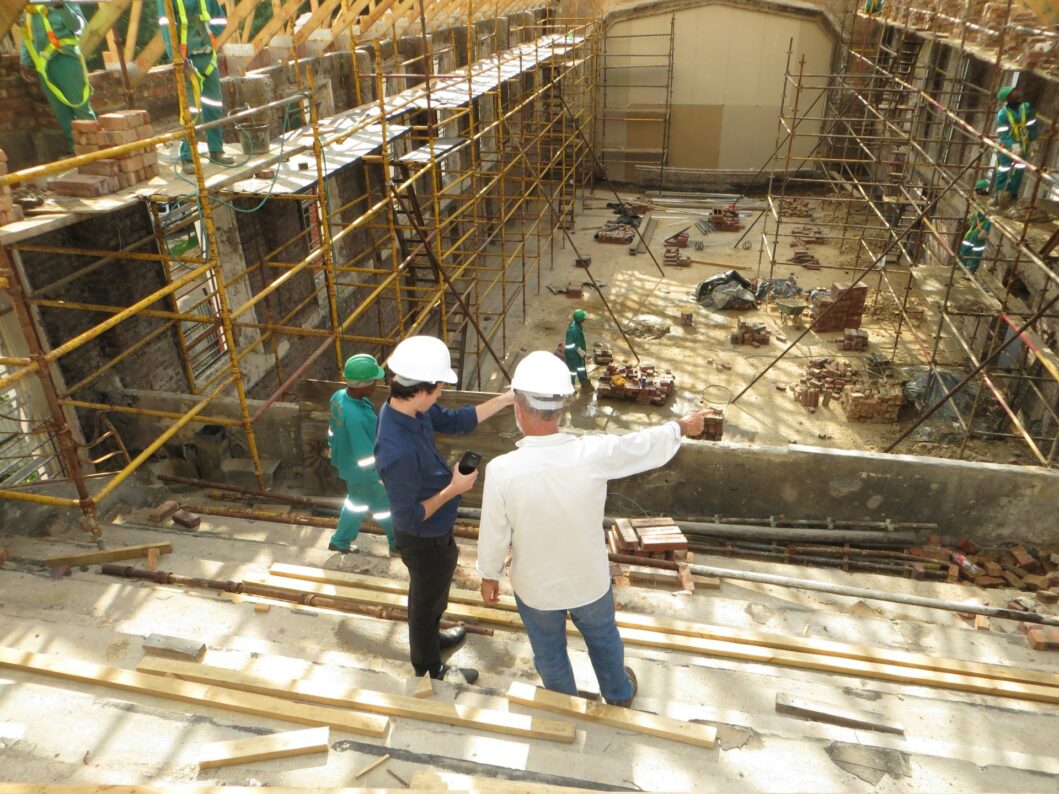Managing design and construction projects requires a unique balance of creativity, technical expertise, and strategic coordination. From the initial concept to the final build, project managers must navigate evolving client expectations, strict budgets, and complex timelines. Successful management ensures the seamless integration of design intent with construction execution.

Here’s how to manage these projects efficiently and effectively.
1. Establish a Unified Project Vision
At the start, it’s crucial to align all stakeholders—clients, architects, engineers, and contractors—on a clear project vision. Define the scope, objectives, and deliverables during the pre-design phase. This ensures every decision made throughout the project supports the original intent, minimizing costly changes later.
2. Develop a Comprehensive Plan
A detailed project plan is your roadmap to success. It should include design milestones, construction phases, permitting schedules, budgets, and procurement strategies. Use this plan to coordinate responsibilities across the design and construction teams, ensuring timelines and budgets are realistic and achievable.
3. Promote Collaboration Between Design and Construction Teams
One of the greatest challenges in managing design and construction is the disconnect between what’s envisioned and what’s built. Encourage continuous communication between architects, engineers, and contractors. Design-build models or integrated project delivery (IPD) methods can streamline coordination and reduce conflicts by promoting collaboration from day one.
4. Use Technology for Better Oversight
Modern tools like Building Information Modeling (BIM), project management software (e.g., Procore, Autodesk Build), and digital scheduling platforms allow real-time updates and visualization of progress. These tools enhance decision-making, allow for early detection of issues, and help manage resources efficiently.
5. Manage Risks and Changes Proactively
Changes in design and scope are common, but without proper controls, they can derail a project. Implement a change management process to evaluate the impact of any adjustments before approval. Conduct regular risk assessments to identify potential delays, cost overruns, or quality issues and address them proactively.
6. Ensure Quality and Compliance
Throughout construction, conduct regular inspections to ensure work aligns with design specifications, building codes, and client expectations. Document progress, address punch-list items promptly, and ensure all necessary certifications and close-out procedures are completed before project handover.
Conclusion
Successfully managing design and construction projects means bridging the gap between imagination and execution. With careful planning, strong communication, and the right technology, project managers can deliver innovative, high-quality results that meet both creative and practical demands.

